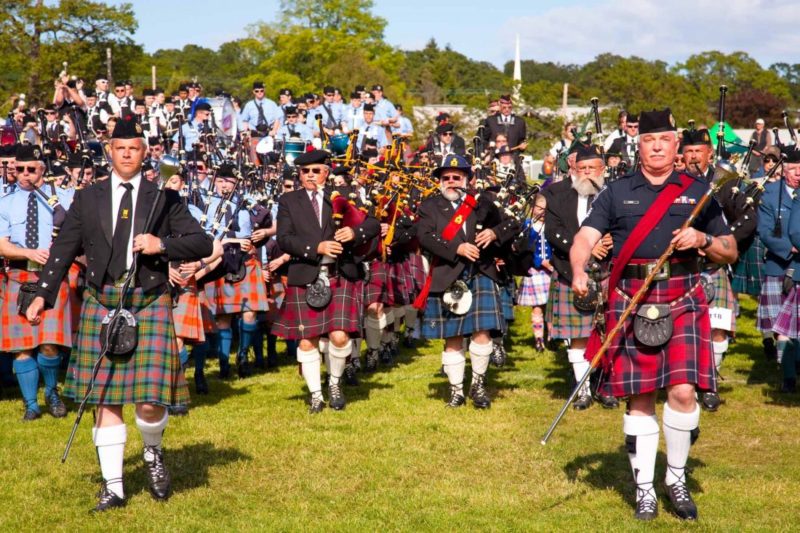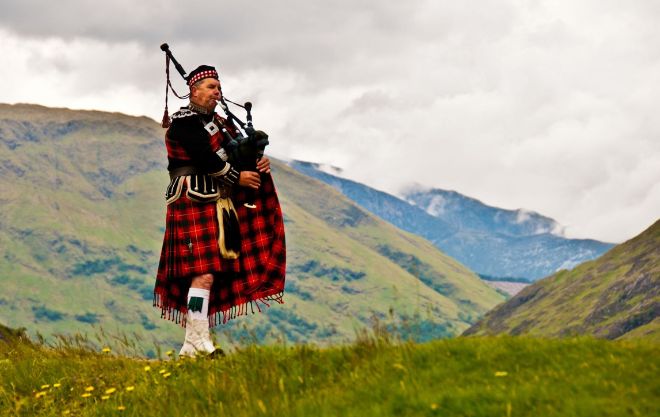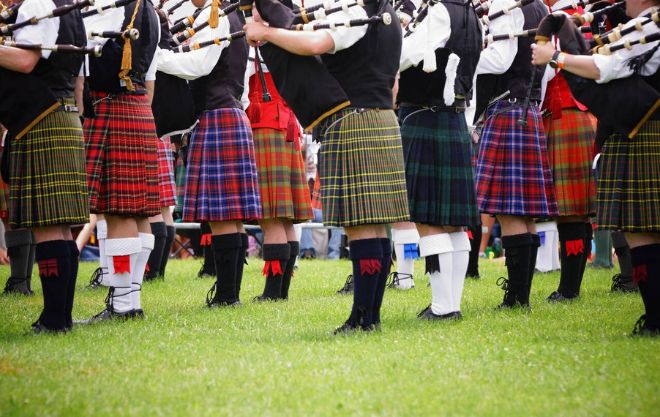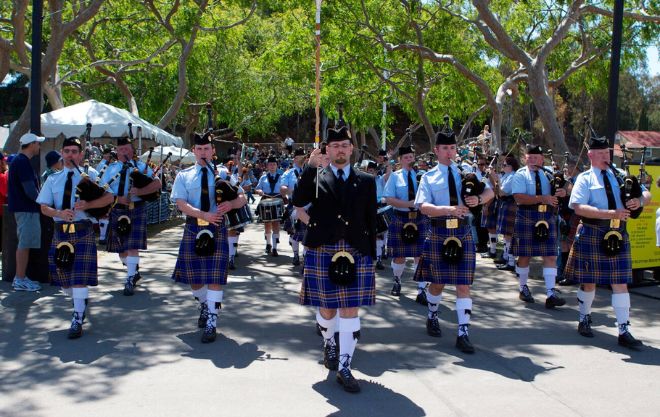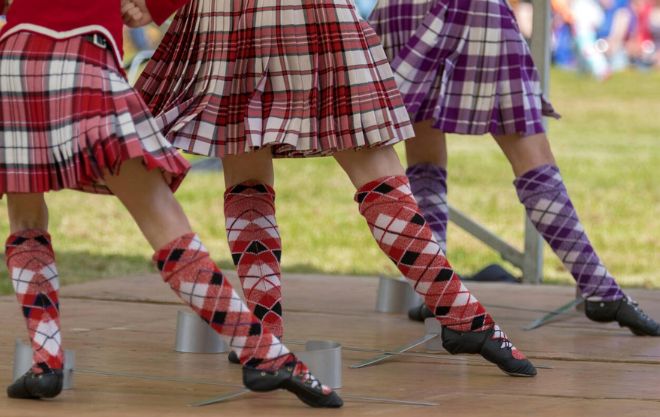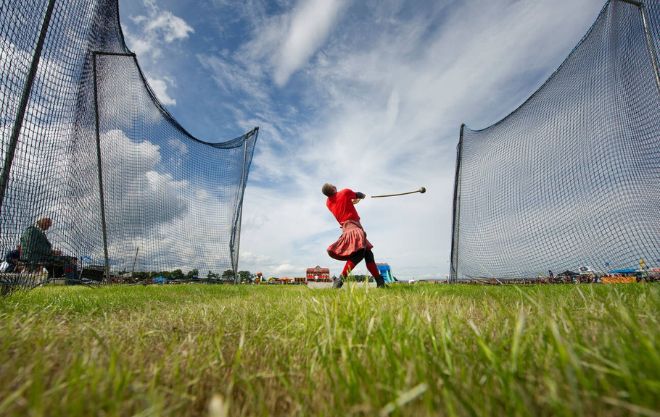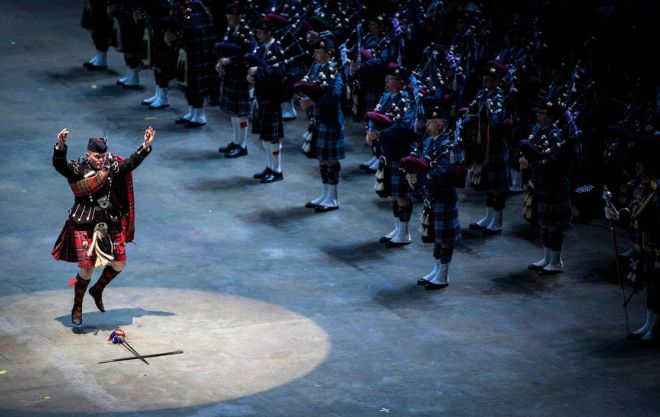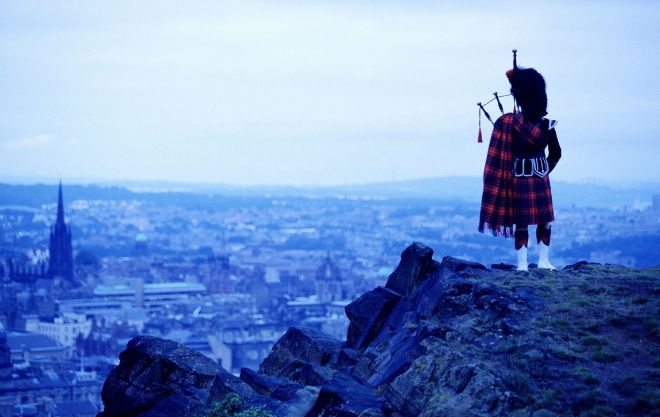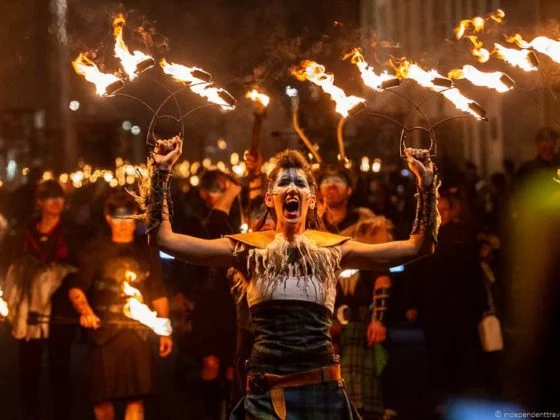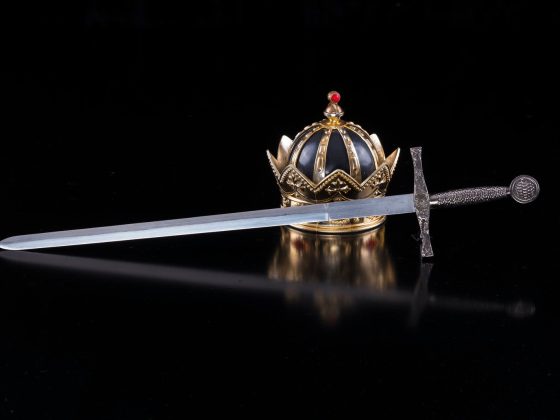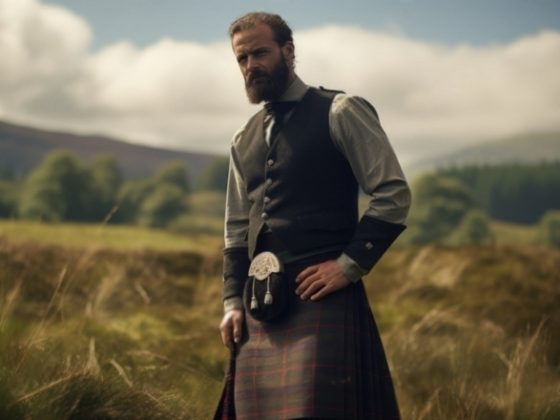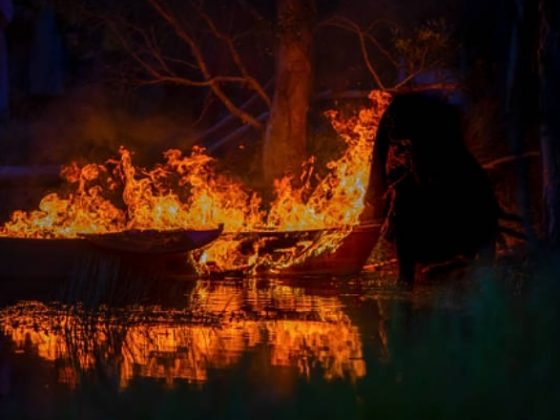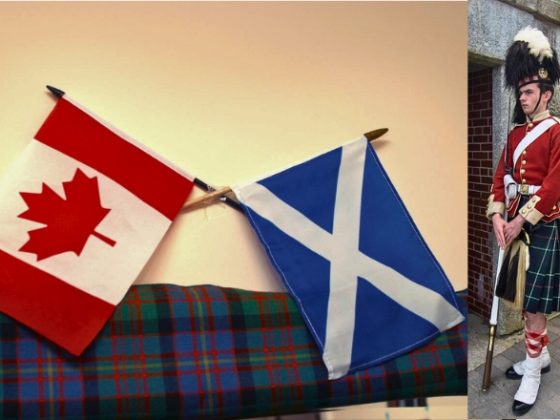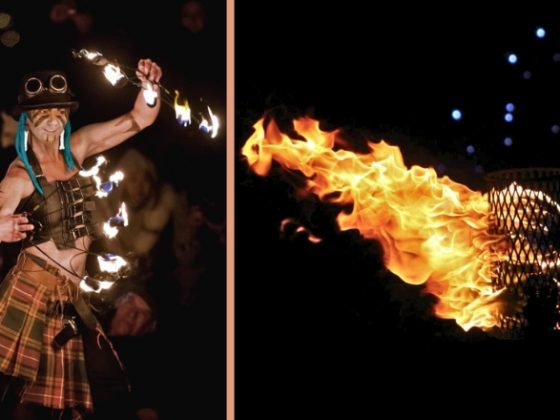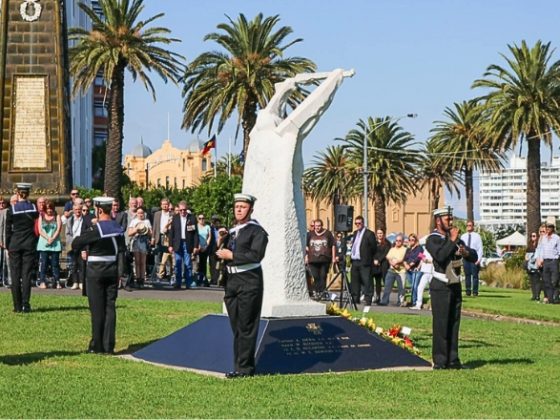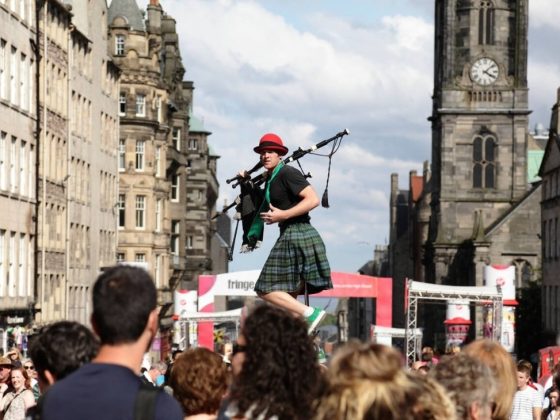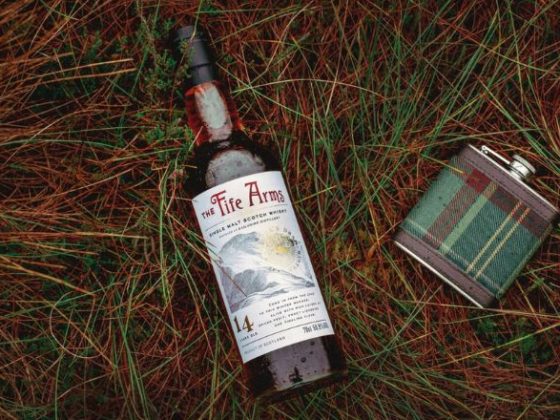Get to know about Scottish Culture & Heritage
Scotland is a country with a rich and vibrant history, with a cultural heritage that includes traditional music, dance, food, and attire. From the iconic kilt and bagpipes to the hearty haggis and whisky, Scotland’s traditions are an integral part of its identity and are celebrated around the world. In this blog post, we’ll delve into the history and culture of Scotland, exploring its rich past and the traditions that have shaped the country. We’ll take a look at Highland Dress, music and dance, food and drink, and the various events and occasions that celebrate Scotland’s culture and heritage. Whether you’re a Scotsman or just a lover of all things Scottish, read on to learn more about this fascinating country and its unique traditions.
The History of Scotland:
Scotland has a long and storied history, with evidence of human habitation dating back to the Palaeolithic era. The country’s earliest known inhabitants were the Picts, Celts or a Celtic tribe that flourished in the Iron Age.
In the 9th and 10th centuries, Scotland was invaded by the Vikings, who established settlements and introduced their own cultural traditions to the country. The Middle Ages saw the rise of powerful Scottish kings, such as William the Lion and Robert the Bruce, who played a pivotal role in the country’s history. It was during this time that Scotland developed its own distinct national identity and culture.
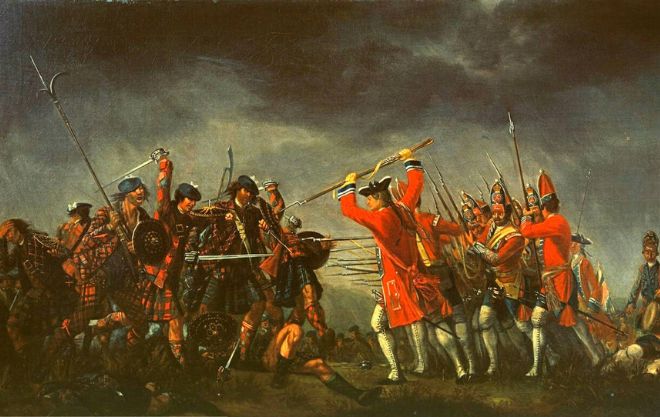
The Renaissance and the Enlightenment brought significant cultural and intellectual developments to Scotland, with figures such as David Hume and Adam Smith making important contributions to philosophy and economics. In the modern era, Scotland has played a significant role in the political and cultural landscape of the United Kingdom. The country has a devolved government and is known for its contributions to literature, music, and the arts.
Gaelic Language:
Additionally, a significant component of Scottish culture and traditions is the Scottish Gaelic language. At the time of the most recent census, more than 60,000 people in Scotland spoke Gaelic. The majority of these individuals can be found along Scotland’s northwest coast, the Outer Hebrides, and other Hebridean Islands. Those who are serious about their Scottish heritage must learn this language as the language is declining. By offering classes in Gaelic as a second language at schools, many efforts are being made to preserve it in Scotland itself.
Scottish Clans And Their Association with kilts!
A Highland clan is a traditional social group in Scotland, made up of a number of families that are all related to a common ancestor. Each Scottish Clan has its own unique history, culture, and traditions, and many are associated with a specific geographic region in Scotland.
The origin of Highland clans can be traced back to the Middle Ages, when Scotland was divided into a number of small kingdoms. The clans formed around powerful families that provided protection and support to their members in exchange for loyalty and service. Each clan was led by a chief, who was responsible for the welfare and protection of the clan. The clan system was an important part of the social and political structure of Scotland, and clans often engaged in conflicts with one another over land and resources.
Today, Highland clans are still an important part of Scottish culture and heritage, and many people are proud to trace their ancestry back to a specific clan. Many clans have active organisations that promote their traditions and culture, and hold events and gatherings throughout the year.
Moreover, Kilts are an important part of the traditions of many Highland clans, and each clan has its own unique tartan pattern that is associated with it. The tartan pattern is typically made up of a series of horizontal and vertical bands in different colours and widths, and is unique to each clan. The choice of tartan was originally used to identify a person’s clan affiliation and to distinguish one clan from another.
Today, many people wear kilts in the tartan pattern associated with their clan as a way to celebrate their heritage and show their pride in their clan. The kilt is often worn on special occasions, such as weddings, celebrations of Scottish heritage, and traditional music and dance events.
In addition to the traditional tartan patterns, many clans also have modern tartan designs that have been created in more recent times. These modern tartans may incorporate new colours or patterns, and may be used to celebrate specific events or achievements within the clan.
Traditional Scottish Attire!
One of the most iconic symbols of Scotland is the kilt, a garment traditionally worn by men that consists of a knee-length skirt made of tartan fabric. The kilt is typically worn with a belt, sporran (a type of purse worn at the front of the kilt), and a jacket or sweater. Tartan is a patterned fabric made up of crisscrossed horizontal and vertical bands in different colours and widths. Each tartan is associated with a specific Scottish clan or family, and the choice of tartan can indicate a person’s heritage or affiliations.
In addition to the kilt, traditional Scottish attire for men also includes knee-high socks (called “hose”), a jacket (called a “jacket” or “doublet”), and a hat (called a “bonnet”). Women’s traditional Scottish attire includes a long, full-skirted dress (called a “gown”) and a shawl or wrap (called a “plaid”). Traditional Scottish attire is worn on special occasions and events, such as weddings, celebrations of Scottish heritage, and traditional music and dance events. It is also worn by military and ceremonial units, such as the Royal Regiment of Scotland and the Black Watch.
Scottish Music and Dance!
Scottish music is an integral part of the country’s culture, with a long and varied history that spans centuries. Traditional Scottish music is often characterised by the use of instruments such as the Scotish bagpipe, fiddle, and percussion instruments like the bodhran and clàrsach. Popular genres of Scottish music include folk, traditional, and contemporary.
Scottish dance is another important part of the country’s culture, with a range of traditional dance styles that are performed at events and gatherings. These include the jig, reel, strathspey, waltz, and hornpipe. Scottish dance is often accompanied by live music and involves a series of steps and turns that can be complex and energetic.
Both Scottish music and dance are an important part of traditional events and celebrations, such as ceilidhs, Hogmanay, and Burns Night. They are also enjoyed and performed at cultural festivals and other gatherings throughout the year. In addition to traditional Scottish music and dance, the country has also contributed to a range of modern musical genres, including rock, pop, and electronic music. Famous Scottish musicians include rock bands like AC/DC and Simple Minds, and pop artists like Susan Boyle and Calvin Harris.
Scottish Food and Drink:
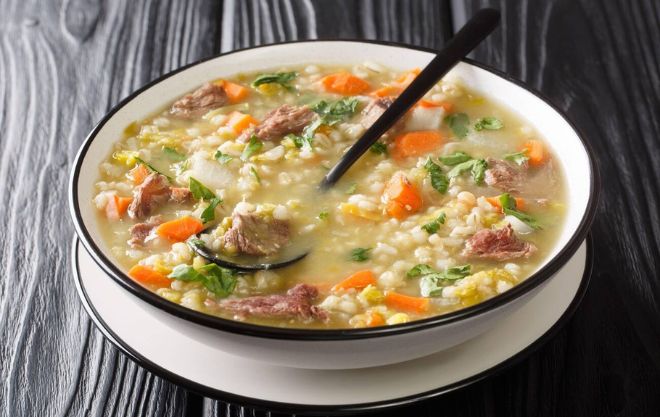
Scottish cuisine is known for its hearty and flavorful dishes that make use of locally sourced ingredients. Some popular Scottish Cuisine include:
Haggis: A traditional dish made from sheep’s offal (internal organs) mixed with oats, onions, and spices, and traditionally served in a sheep’s stomach.
Cullen Skink: A thick soup made from smoked haddock, potatoes, and onions.
Black pudding: A sausage made from blood and oats, often served as part of a traditional Scottish breakfast.
Cullenie: Fried potato cakes made from grated potatoes, flour, and spices.
Whisky: Scotland is famous for its whisky, with over 120 distilleries located throughout the country. Scotch whisky is made from water, malted barley, and yeast, and is aged in oak barrels for a minimum of three years.
Ale: Scotland is also known for its ales, with a range of breweries producing a variety of styles including pale ale, stout, and porter.
In addition to these traditional dishes and drinks, Scotland has a diverse and vibrant food scene, with a range of international cuisines available in cities and towns throughout the country.
Highland Games:
Despite their name, the Highland Games take place throughout Scotland from spring to late autumn: Even though the most well-known are at Oban, Cowal, and especially Braemar, the smaller ones frequently provide more fun. They also vary in size and the types of events they host.
The Highland Games probably started in the 14th century as a way to recruit the best fighting men for the clan chiefs. Queen Victoria made them popular to promote the traditional dress, music, games, and dance of the highlands. Several royals still attend the games at Braemar.
The most memorable competitions are known as the “heavies tossing the caber,” “putting the stone,” and “tossing the weight over the bar,” all of which call for extraordinary strength and skill. The caber toss, in which an athlete must run while carrying an entire tree trunk and attempt to heave it end to end in a perfect, elegant throw, is the most spectacular and well-known event in the Highland Games.
The piping competitions for individuals and bands, as well as the dancing competitions in which young children perform the quick, intricate steps of traditional dances like the Highland fling, are just as important as the sporting events. When you go on vacation in Scotland, you shouldn’t miss the Highland games. They will teach you a lot about Scottish customs and leave you with many great memories.
Celebrating Scottish Culture and Heritage:
There are many events and occasions throughout the year that celebrate Scottish culture and heritage. Some popular events include:
Hogmanay: This is the Scottish New Year’s Eve celebration, and is marked by street parties, fireworks, and the singing of traditional songs.
Burns Night: This is a celebration of the life and work of Scottish poet Robert Burns, and typically includes a traditional dinner featuring haggis, whisky, and poetry readings.
St. Andrew’s Day: This is Scotland’s national day, and is celebrated on November 30th. It is marked by parades, music, and dance performances, and is an opportunity to celebrate Scotland’s history and culture.
Edinburgh Festival Fringe: This is the largest arts festival in the world, and takes place in Edinburgh every August. It features a range of performances, including theatre, comedy, music, and dance, and is an opportunity to experience a wide variety of Scottish culture.
In addition to these events, there are also many cultural festivals and gatherings throughout the year that celebrate Scottish culture and heritage, including the Edinburgh International Film Festival, the Edinburgh International Book Festival, and the Edinburgh Military Tattoo. To celebrate Scottish culture and heritage, you can also visit Scotland and experience its rich history, vibrant culture, and beautiful landscapes. You can visit historic sites, attend cultural events, and try traditional Scottish dishes and drinks.
Wrapping Up!
Scotland is a country with a rich and vibrant history, with a cultural heritage that includes traditional music, dance, food, and attire. There are many ways to celebrate and learn about Scottish culture and heritage. You can attend events like Hogmanay, Burns Night, and St. Andrew’s Day, or visit festivals like the Edinburgh Festival Fringe. You can also visit Scotland and experience its rich history, vibrant culture, and beautiful landscapes firsthand.
No matter how you choose to celebrate Scottish culture and heritage, be sure to take the time to learn about and appreciate this fascinating country and its unique traditions. From its rich history and vibrant music and dance to its delicious food and drink, Scotland has much to offer and is well worth exploring.
Moreover, If you’re interested in owning a traditional Scottish kilt, look no further! Our kilts are made with high-quality materials and come in a range of colours and tartans to suit your personal style and heritage. Whether you’re looking for a formal garment for a special occasion or a functional kilt for everyday wear, we have something for everyone.
So why wait? Visit our website today to browse our selection of kilts and place your order. With our user-friendly website and helpful customer service team, purchasing a kilt has never been easier. Don’t miss out on the opportunity to own a piece of Scottish history and tradition – So, now buy kilt for yourself from us today!
Still have Questions?
You still have some questions to ask don’t worry. We are here to answer the every single question and to clear your doubts.So, feel free to ask any question If have!
People Also Ask!
Scotland is a country that is steeped in culture and tradition, and this is especially evident in its art forms. From Highland dancing to bagpipe playing, there are many traditional crafts and art forms that are still practiced in Scotland today. These include things like weaving, knitting, pottery making, jewelry making, stained glass making and much more. While some of these may have evolved over time to reflect modern tastes and trends, the basics remain the same – a recognition of the craftsmanship and skill involved in each art form. So whether it’s looking for a unique souvenir or exploring an ancient craft that has been passed down through generations, Scotland has something for everyone!
Scotland is a country that has been shaped by its history, with a culture and heritage which are deeply intertwined. Scotland’s history can be traced back centuries, from the ancient Celts to the Romans, and then through numerous invasions and occupations. As such, Scotland has developed its own unique customs, traditions, language and art. From a culinary perspective, Scotland is famous for its hearty dishes such as haggis and Scotch whisky; while iconic landmarks such as Edinburgh Castle and the Highland Games are synonymous with Scottish culture. The history of Scotland has also seen an impressive array of great thinkers from Adam Smith to Robert Burns emerge over the years, leaving their mark on the world in various fields including literature, philosophy and science.
Scotland’s culture has had a significant influence on the world at present. From its phenomenal literature, music, and art to its breathtaking landscapes and unique traditions Scotland has left its impression on the world stage. The Scottish culture has played a significant role in shaping how people across the world see Scotland and also serving as the inspiration for many imaginative works. From its bustling cities to its breathtaking landscape, Scotland’s culture is a crucial element of modern society and will remain for the generations to follow.
Scottish culture has developed throughout the centuries, incorporating influence from both British Isles and the wider world. From the traditional dance and music from the Highland Games to the modern Scots language Scots, Scotland has a vast and diverse heritage of culture. The old Gaelic languages are still used in a few regions of Scotland and Scotland is home to a variety of distinct local dialects. Scotland is also formed by its past of immigration, with diverse cultures and nationalities creating the unique character of the nation. Literature, music and art as well as food are all influenced by Scotland’s unique geography and history which makes Scotland truly a multi-cultural tourist destination.

